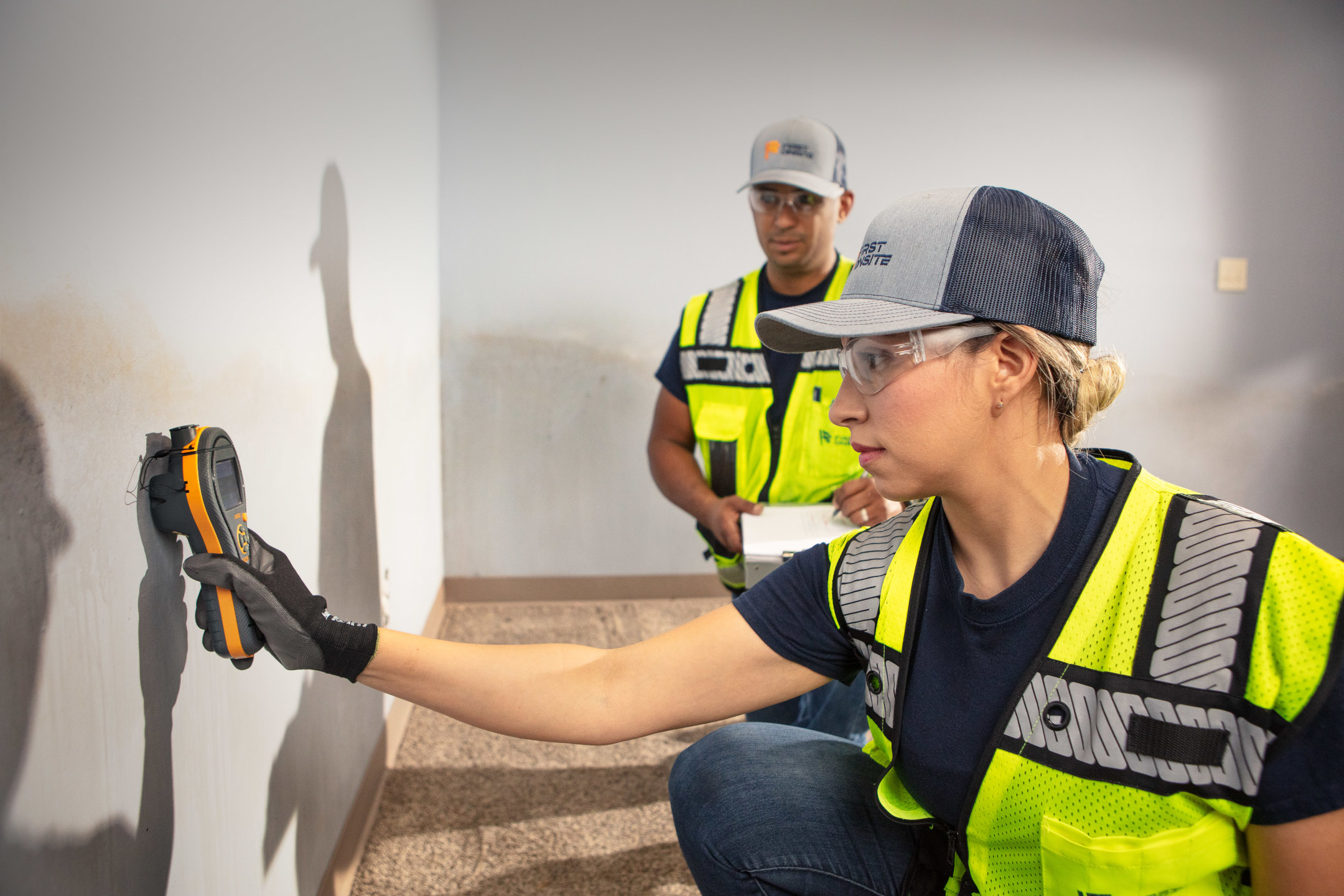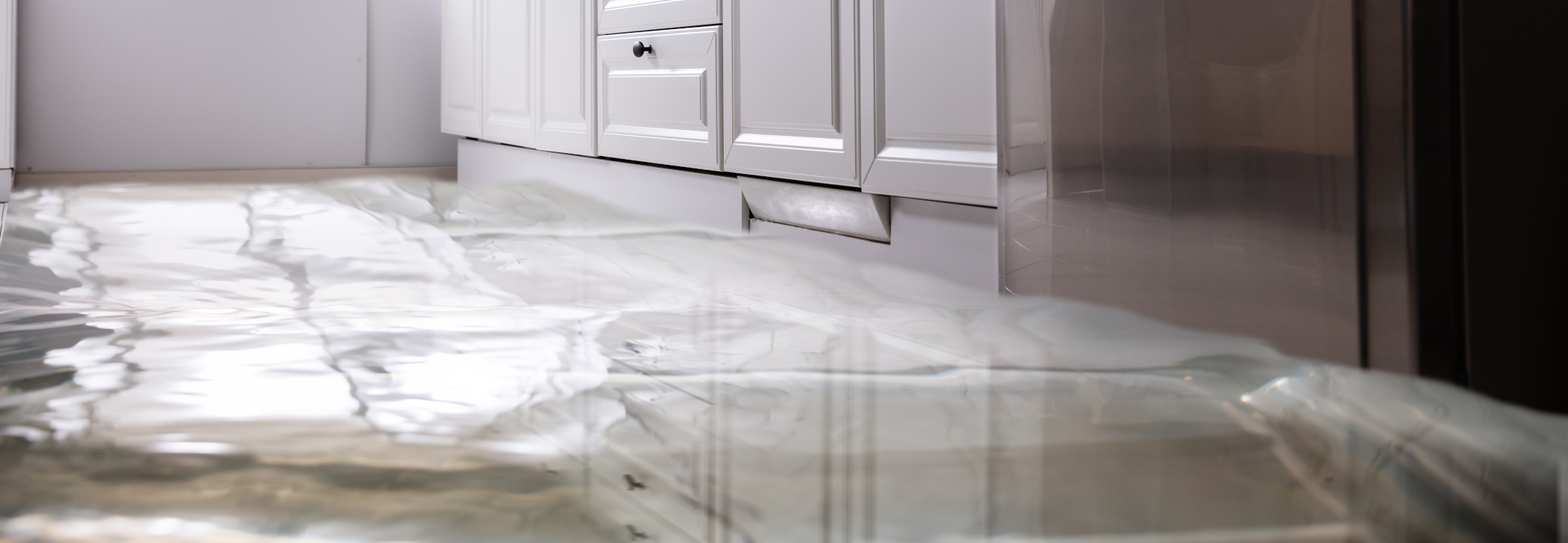What Causes Water Damage?
Water damage can occur as the result of several different scenarios. It is important to understand these various causes, and the differences they can each mean for insurance purposes and for the recovery process.
Floods
A flood is a situation in which water rises and covers dry land. This could be because of a river overflowing its banks, a storm surge from a hurricane, a substantial amount of runoff from snowmelt, the mechanical failure of a dam or levee, or a combination of these issues. The important factor is that the source of water is outside the building and, in most cases, naturally occurring. Damage caused by flood water may not be covered by insurance unless a flood rider has been added to the policy.
Burst or Leaky Pipes
The most frequent cause of water damage from within buildings is water coming from the building’s pipes. The most common causes of this type of damage are:
- Frozen pipes – As temperatures drop, water in a pipe can freeze. This freezing causes the water to expand, putting extreme pressure on the pipes and plumbing joints, and sometimes causing them to crack or burst. Once the frozen pipe thaws, water can begin dripping or streaming out of pipes and into basements, bathrooms, or even walls and ceilings.
- Mechanical failure of pipes – With the improvement in quality and strength of pipes over the years, most modern pipes will not simply fail due to age or use. These failures are mostly the result of improper installation, the use of improper materials for a particular application, or a manufacturing defect.
- Other mechanical failures – Sprinkler systems, washing machines, and other mechanical systems that use water are also a potential source of water damage. For example, one of the most frequent causes of water damage in hotels is guests hanging clothing on the room’s sprinkler heads, damaging them and causing water to flow freely from the system and into the room.

Categories of Water Damage
When it comes to water damage, there are three categories to know. These categories are based on the source of the water and the potential for harm that it carries.
- Category 1: This is water that has come from a source such as the clean water supply in a home. If addressed within 24-48 hours, most Category 1 water poses a low health risk. However, even clean water can begin to cause mold in as little as 48 hours.
- Category 2: This category is known as “gray water.” This water comes from sources that could have mild to severe contamination, including fire suppression systems, treated cooling water lines, and discharge from equipment. Caution should be exercised around Category 2 water. Materials exposed to Category 2 water may not be salvageable.
- Category 3: “Black water” – highly contaminated, dangerous water that carries a significant risk of disease, infection, and irreparable damage. Sources of black water include sewers, drain backups, and water that has overflowed from rivers, lakes, or the sea. Extreme caution should be exercised around Category 3 water. Most materials exposed to Category 3 damage will likely need to be replaced.
